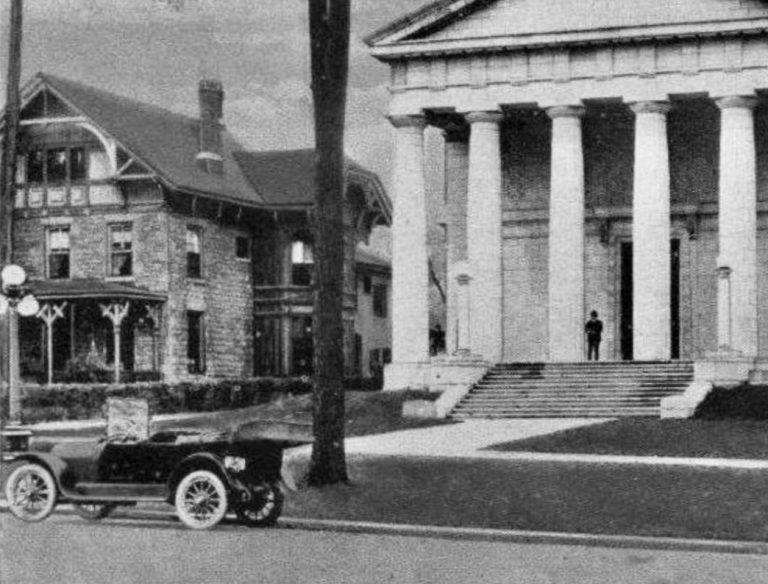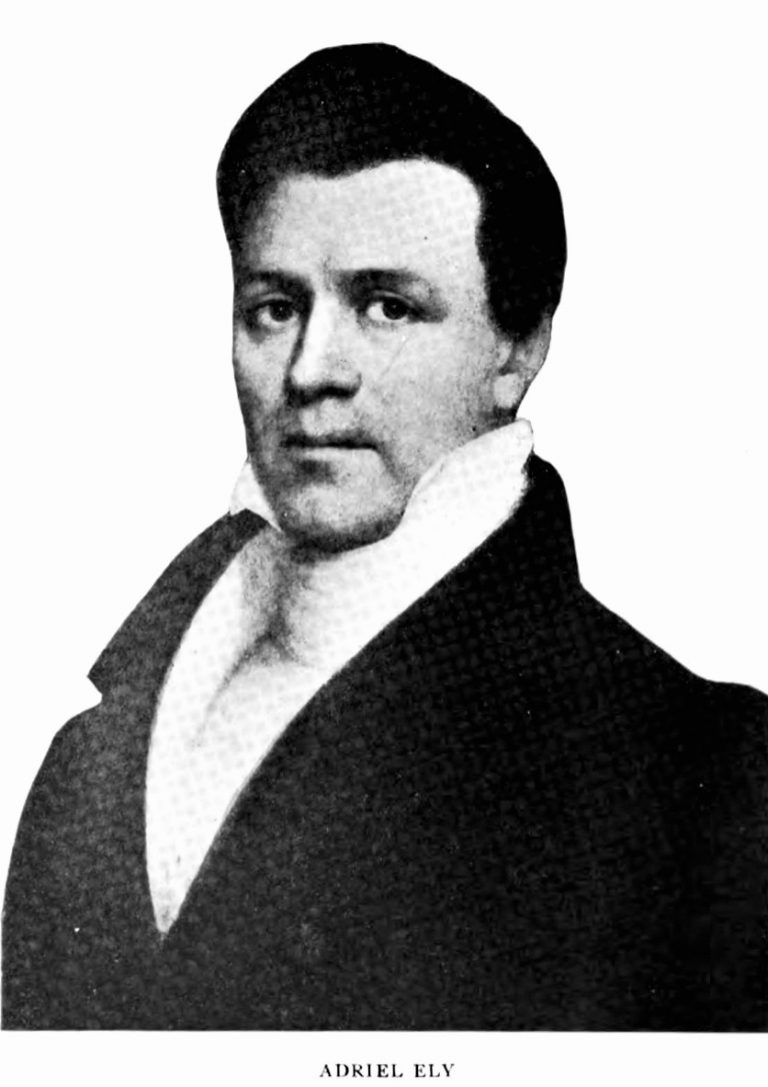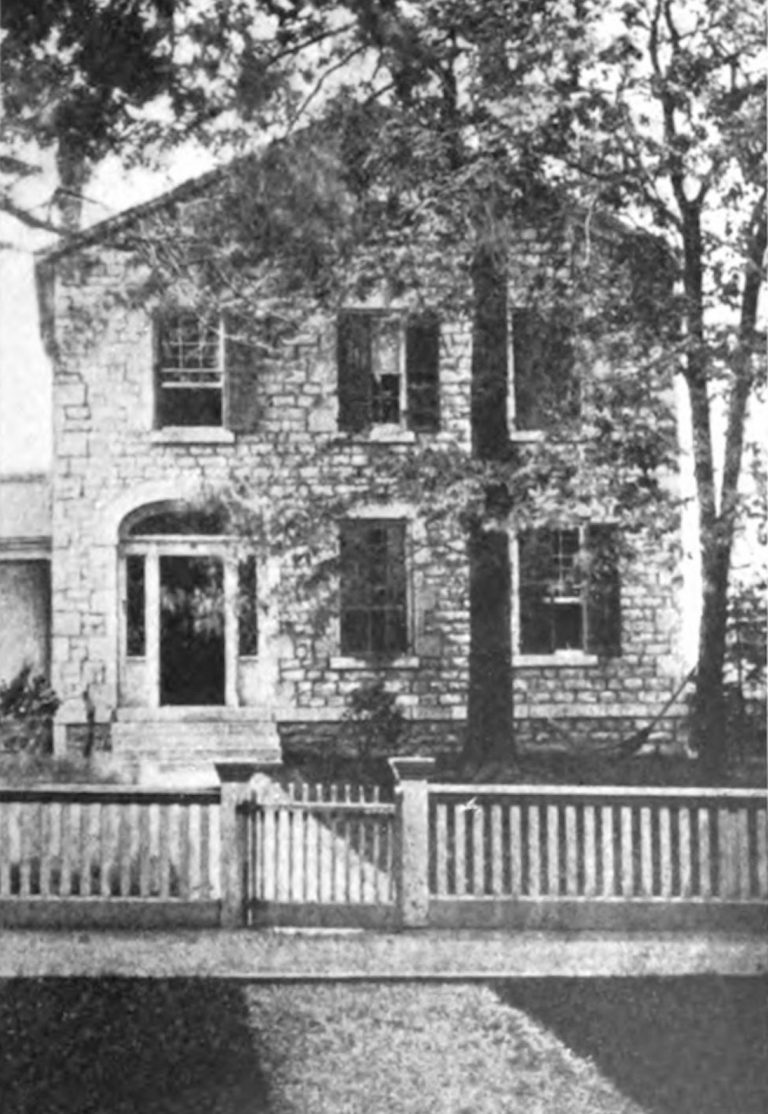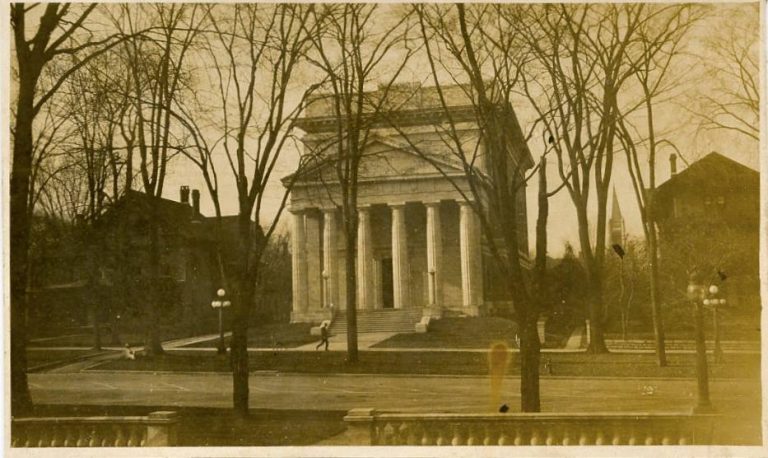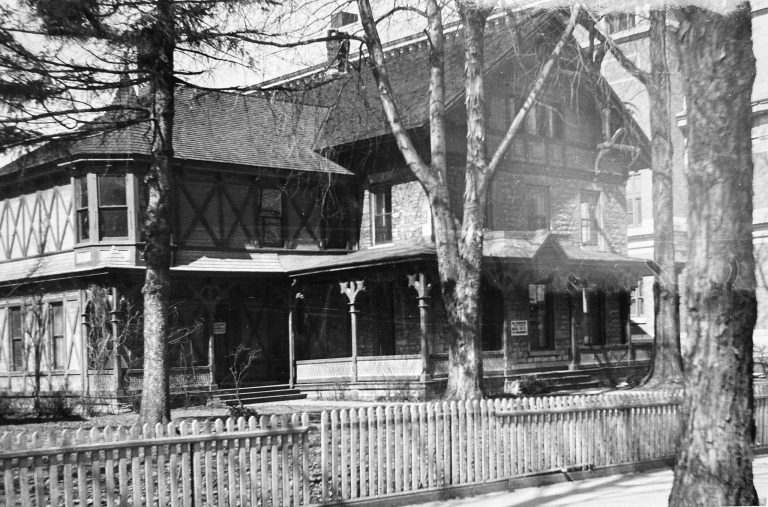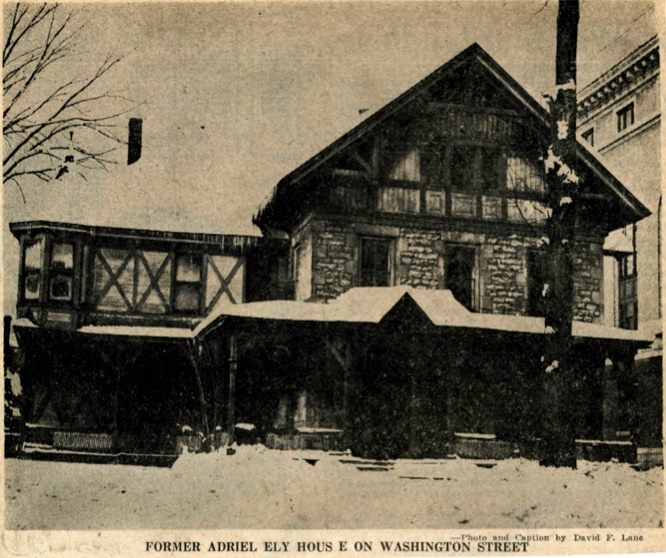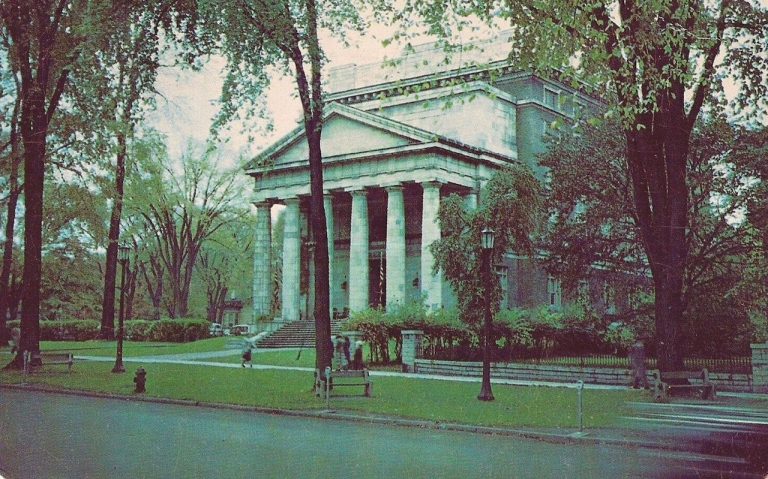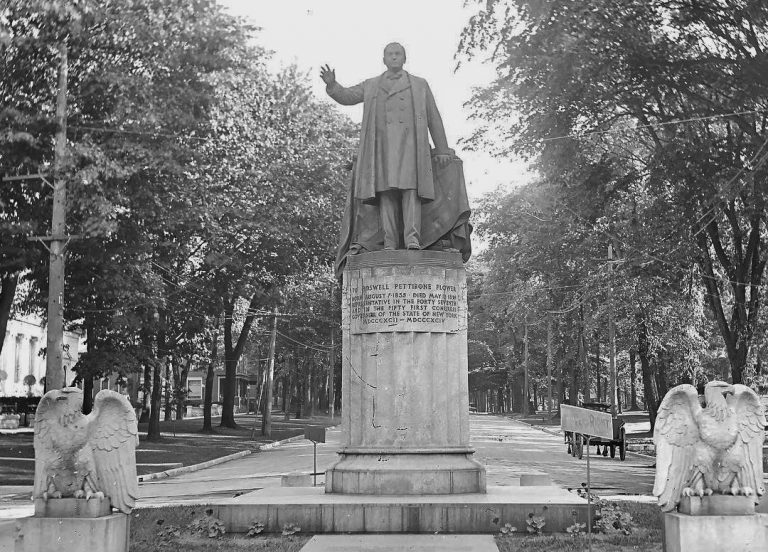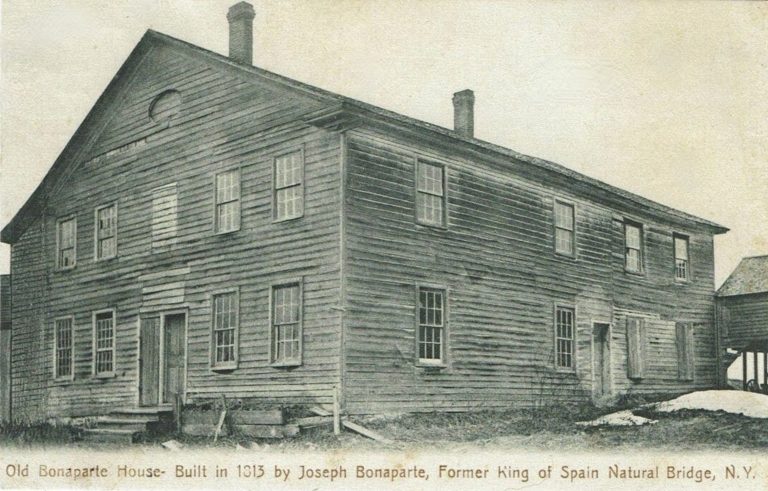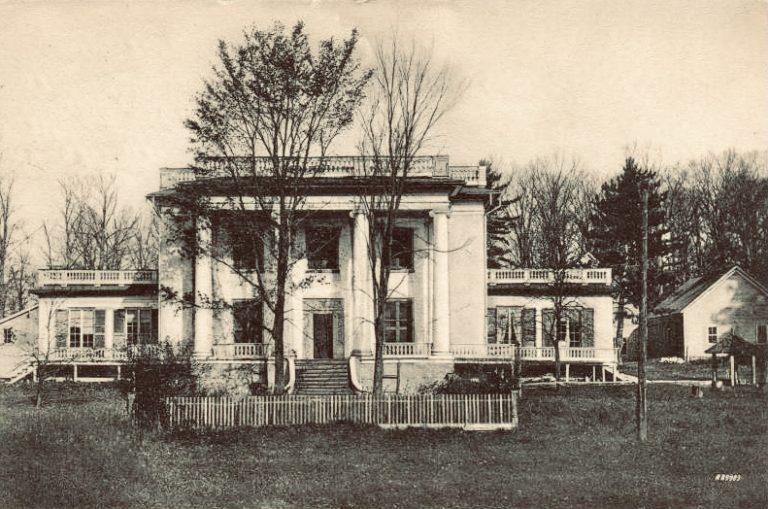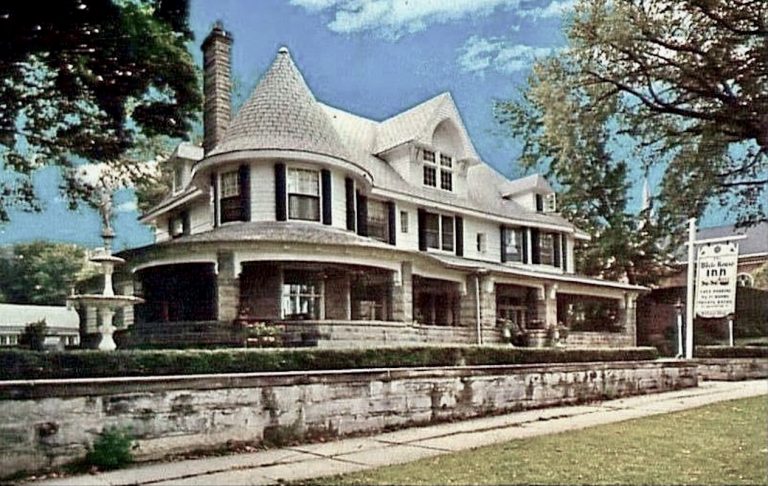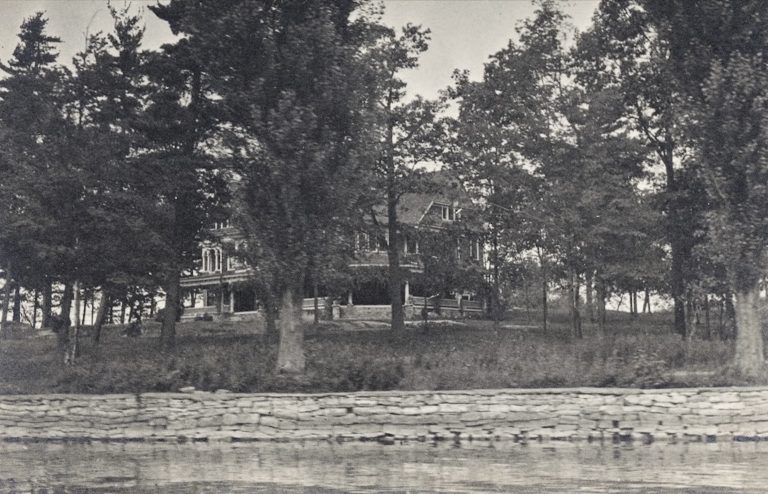Adriel Ely, A Prominent Figure Of Early Watertown, N.Y. History
In Joel R. Monroe’s Through Eleven Decades of History, Adriel Ely was described as “a business man with the mental and physical qualifications to have made him a figure of note in almost any line of endeavor.” Born in Lyme, Conn., in 1791, he would come to Watertown in 1814 at age 23 and become a clerk in the general store of Olney Pearce, soon a partner in Pearce & Ely.
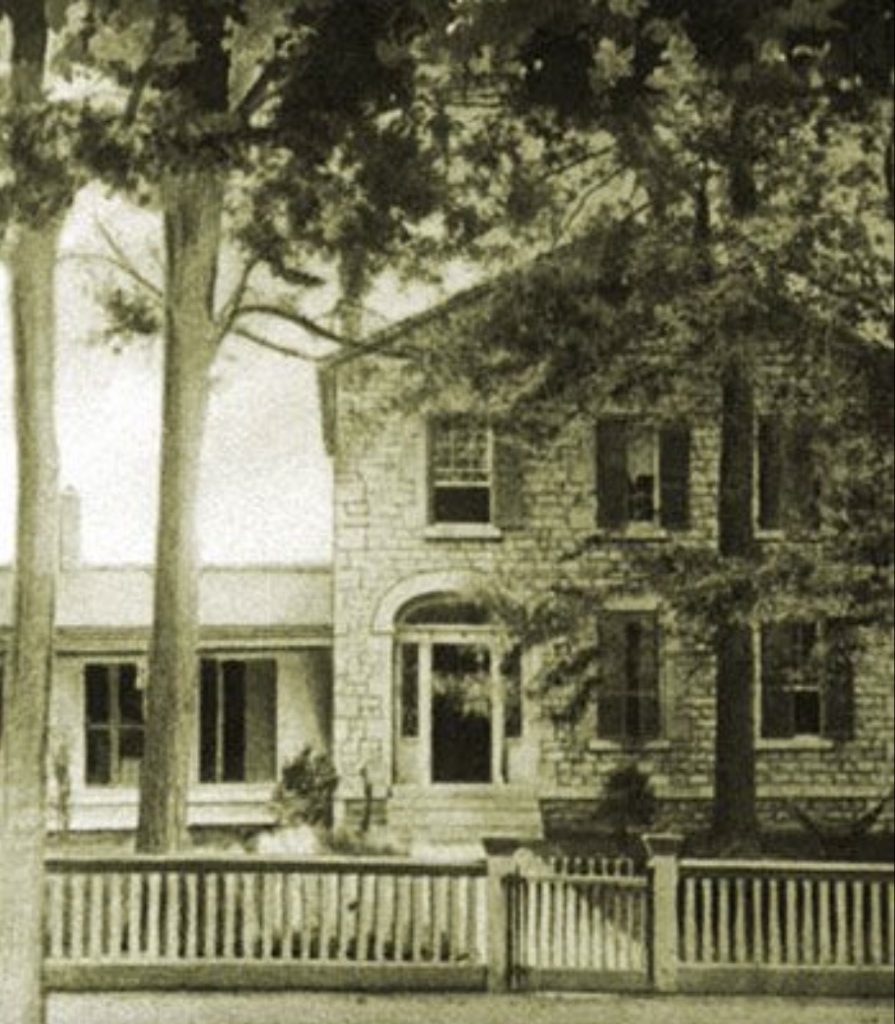
After becoming one of the major merchants in Watertown, Ely would buy Pearce out and operate the business on the corner of Stone and Washington Streets in the two-story stone building with fellow Washington Street neighbor Orville Hungerford for an unspecified period.
It is perhaps through this relationship that Adriel Ely met his future wife, Miss Evelina Foster, daughter of Judge Jabez H. Foster and his wife, Hannah Hungerford Foster, sister to Orville Hungerford. The Foster residence occupied the lot on which the Paddock Mansion, now the Jefferson Historical Society, was built. The Pearce residence was on the corner of Clinton and Washington Street and further improved upon by George Paddock, later becoming known as the Herring Mansion, while the Hungerfords, both Orville and Richard, would have mansions in the same block between Mullin and Clinton Street.

In short, the distance between the Ely store on the corner of Stone and Washington Street to the Hungerford home on the corner of Mullin and Washington Street was less than 1,000 feet. Including the Roth Mansion on the opposite corner of Mullin Street, when all the mansions existed around 1890, one could walk from the Roth Mansion and pass, in order, the Orville Hungerford mansion, the Richard Hungerford mansion, the Herring mansion, the Adriel Ely mansion, The Judge Robert Lansing Mansion where the Masonic Temple currently is, the Edwin Paddock mansion and the Oscar Paddock mansion before reaching the former Ely store.
After their marriage, Adriel Ely and his wife would have the Adriel Ely mansion built in 1828 after purchasing the part of the grounds from Orville and Betsey Hungerford. The mansion, described as an attractive Georgian style of native limestone, would remain largely unchanged for many years, until after Adriel and Evelina’s deaths, in 1859 and 1863, respectively, the estate was sold to Edmund Q. Sewall in 1866 for $9,000. It subsequently became known as the Sewall mansion.
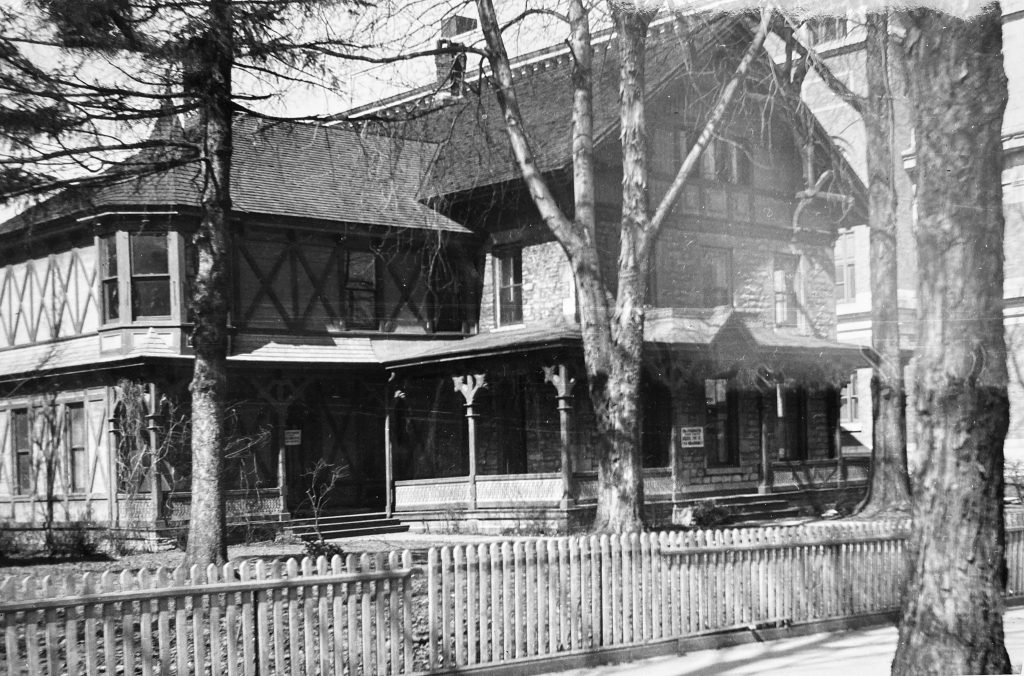
The Sewall Era And Expansion
Edmund Q. Sewall was born in 1826 to Henry Deverux Sewall and Mary Catherine Norton Sewall. It was Henry who had the origins of what is now called Sewall Island, previously owned by Catherine’s father and known as Norton’s Island. There, the couple made their home in a stone mansion and built the original structure of the Bagley & Sewall shop.
Edmund graduated from Harvard at age 18, became a lawyer, and married Katherine Norton Smith Sewall, daughter of Major Henry Smith. He left the practice of law to form the Goulding, Bagley & Sewall company with George A Bagley and George Goulding in 1853. Incidentally, Bagley was raised in the stone house on the north side of W. Main Street just before LeRay Street, which still stands today, and the Sewall family once owned the two-story brick building on Factory Street, which is also still in use.
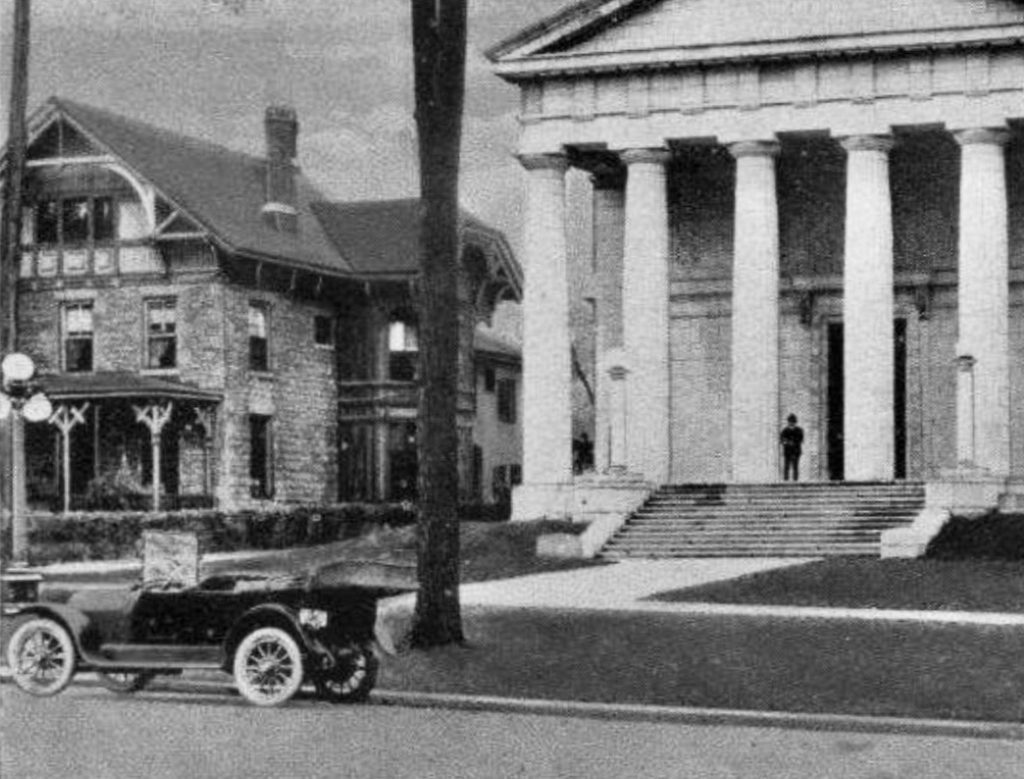
According to David Lane’s article as part of his series, Old Houses of the North Country, Edmund Q. Sewall would raise the upper story, give the gable an elaborate English effect, add another story onto the one wing, and add a veranda. Another article, written in March of 1938 when the then-referenced “Sewall mansion” was being razed, gave some details of the house and their life at home–
Stone steps led up to the fine old doorway which was edged with rich old colored glass and topped with the graceful arch and key stone which remained intact throughout all architectural changes. The small wing to the left of the house contained a bedroom, bath and dressing room.
On the raised portion of the dining room floor many plays were given by the girls of the Shakespeare society of the Irving school, a private school in this city.
Edmund Q. Sewall was a fine musician and his home was often the center of musical gatherings. His fine, tenor voice was heard for many years from the choir of Trinity church where he also served as an organist.
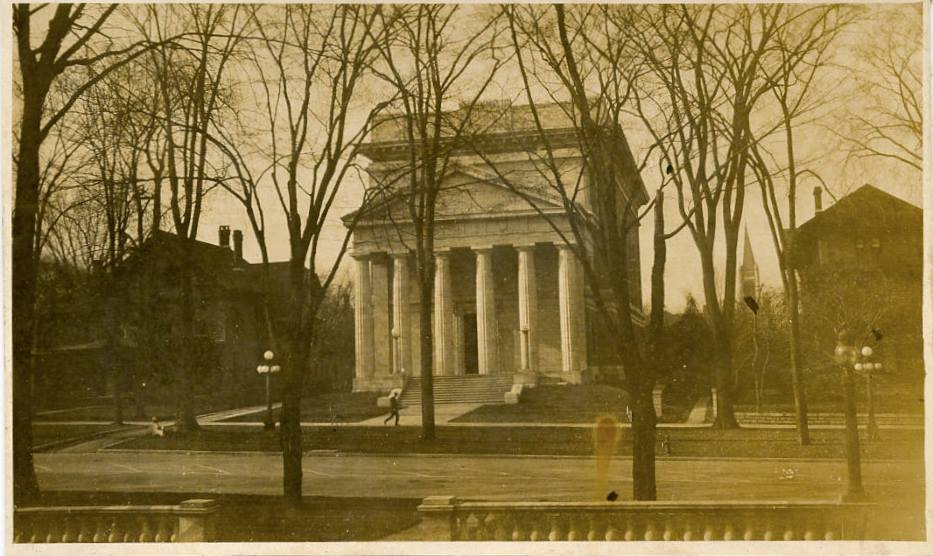
Edmund Q. Sewall passed away in 1892, and his widow’s estate sold the property to John L. Taylor in 1910. Seven days later, John and his wife Lanah M. Taylor would sell it to their son’s company, the John B. Taylor company, sometime just before the divorce with Emma Flower Taylor was finalized. Within months, the company would sell it to Dr. George B. Parker, who located his offices there until 1921, when they sold it to the trustees of Media Temple, AAONMS, which planned to build a temple there, but never did. Instead, the property would be rented out for many years, then vacated and razed in the spring of 1938.
In 1944, the vacant lot would land in the hands of a local real estate broker who conveyed it to one of his customers, the Brockway Company, named after Bemon Brockway, once editor of the Watertown Daily Times. Harold B. Johnson, then editor of The Times, purchased the lot with plans of moving the newspaper from Arcade Street to Washington Street. That move would be completed in 1961. Until then, the vacant lot was used for parking.

